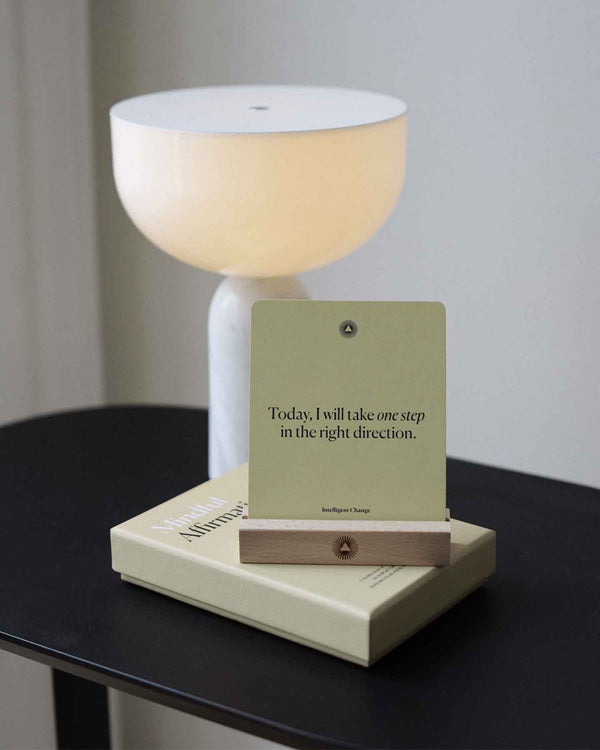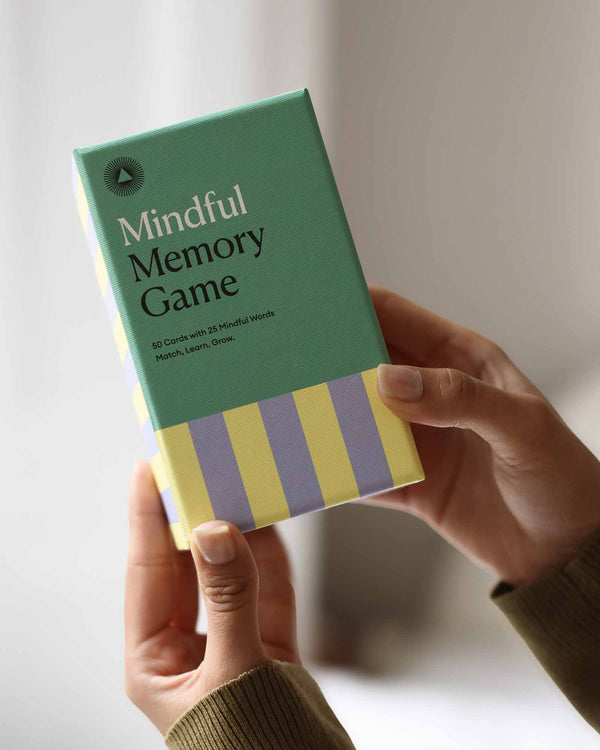What Your Triggers Are Trying to Teach You (And How to Listen)
by Veronica Joce
You know the feeling.
Someone says something, and suddenly, your chest tightens. Heat rushes to your face. Your mind starts racing. The instinct is to react. To defend, to retreat, to make it stop. Maybe you fire back with something sharp or maybe you shut down completely. Either way, the moment owns you.
That’s the power of a trigger.
Triggers aren’t just annoyances. They’re emotional landmines—buried deep, waiting to be stepped on. And when they are, they send a ripple of past wounds, unmet needs, and hidden fears straight to the surface.
Maybe it’s your partner’s tone that instantly puts you on the defensive. Maybe it’s a friend’s success that makes you feel like you’re falling behind. Maybe it’s a family comment that stings more than you’d like to admit.
But here’s the truth: Triggers are not the problem. The problem is what happens when we react without understanding them.
What if, instead of spiraling, you could pause, reflect, and redirect? What if your triggers weren’t a sign that something was wrong—but a sign pointing to what still needs healing?
This is how you break the cycle. This is how you reclaim your power.
Let’s get into it.
The science of triggers: Why you react the way you do
Triggers don’t come out of nowhere. They are emotional flashbacks—your body’s way of saying, I’ve been here before. When you experience a trigger, your nervous system isn’t just reacting to the present moment. It’s reacting to every past experience that felt like this one.
Maybe your boss’s critical tone reminds you of how your parents used to criticize you. Maybe feeling excluded in a group brings up memories of being left out as a kid. Maybe your partner forgetting something small makes you feel invisible—because once upon a time, you were ignored when it mattered most.
Your brain links past pain to present moments, even when they’re not the same. That’s why a small comment can feel like an attack, a delay in response can feel like rejection, and someone’s success can feel like proof you’re failing.
But just because your body reacts doesn’t mean the reaction is true. The real work isn’t in avoiding triggers—it’s in understanding and rewiring them.
Here’s how.
__________________
1. Feel the trigger—without reacting
The moment something sets you off, your first instinct will be to react. Fight, freeze, withdraw, defend. But the most powerful thing you can do? Pause.
Instead of getting lost in the reaction, name what’s happening:
I feel defensive.
I feel hurt.
I feel dismissed.
This simple act of naming your emotion creates space between you and the trigger. Instead of being consumed by it, you become an observer.
try this
Next time you feel triggered, take a deep breath and ask:
What exactly am I feeling?
Where do I feel it in my body?
The moment you do this, you go from being in the reaction to witnessing it.
2. Identify the pattern
Triggers aren’t random. They follow themes. What situations always set you off? What makes your body tense up, shut down, or fire back?
Some common triggers:
- Feeling ignored or dismissed
- Being criticized
- Seeing others succeed when you feel stuck
- Disagreements that make you feel unheard
- Feeling like you’re losing control
- A partner’s tone of voice or body language
Your biggest triggers point to your biggest wounds. If something stings, it’s because it’s touching something unhealed.
try this
Write down your top 3 emotional triggers. Then ask yourself:
What do they have in common?
What past experiences might they be linked to?
The more patterns you notice, the more power you have to change your response.
3. Question the story you’re telling yourself
Triggers don’t just come with emotions. They come with assumptions, too.
Someone doesn’t respond to your message and suddenly your mind is racing: They don’t care. They’re annoyed with me. I did something wrong.
Your partner criticizes something small, and it spirals into: I’m failing. I’m not enough. They’re never happy with me.
Triggers often lie—they make you believe your emotions are facts. But emotions aren’t always accurate reflections of reality. They’re often shaped by past experiences, insecurities, and subconscious fears.
Just because something feels true doesn’t mean it is true.
try this
Ask yourself:
Is this fact or assumption?
What else could be true?
Most of the time, your brain is filling in the gaps with old stories that don’t belong in this moment. Slowing down and questioning your narrative helps you respond from clarity, not automatic fear.
4. Regulate before you respond
When something triggers you, your body reacts before your mind even catches up. Your nervous system goes into survival mode. Your heart races, your breath gets shallow, and suddenly, you’re in fight-or-flight mode—ready to shut down, snap back, or storm off.
In that moment, it’s hard to think clearly, let alone respond the way you actually want to. That’s why the goal isn’t to “just stay calm” (because, let’s be real, that never works) but to help your body feel safe first—so you can respond from a place of clarity and, possibly, love, instead of reactivity.
Try this
- Press pause—literally. Place your hand on your chest or thigh and press gently for a few seconds. It’s a small, grounding action that brings you back to your body instead of your spiraling thoughts.
- Take a sip of something—slowly. Water, tea, even just swallowing intentionally. It sounds simple, but this little act engages your nervous system and tells your body, Hey, we’re okay.
- Unclench your jaw. Notice if your tongue is glued to the roof of your mouth or if you’re holding tension in your face. Relaxing these areas can instantly signal to your brain that you don’t need to be on high alert.
- Give yourself a moment with a grounding phrase. Instead of fueling your reaction, anchor yourself with a quick mental reset: “I don’t have to figure this out right now,” “I’m safe in this moment,” “I can handle this.”
They won’t make the trigger disappear, but they will buy you enough space to choose how you actually want to respond—rather than just reacting in the heat of the moment.
5. Choose a new response
Now that you’re calmer and have challenged your assumptions, ask yourself:
How do I want to handle this differently?
What response aligns with the person I want to be?
Instead of defaulting to defensiveness, withdrawal, or over-explaining, experiment with a different response.
- If a family member makes a comment about your life choices, instead of getting defensive, calmly set a boundary: I know you mean well, but this is my decision, and I feel good about it.
- If you feel left out in a conversation, instead of withdrawing, say: That sounds interesting! I’d love to hear more.
- If your partner seems distracted while you're talking, instead of assuming they don’t care, ask: Hey, is this a good time to talk, or should we check in later?
- If a friend cancels plans last-minute, instead of taking it personally, reframe it with: No worries! Let’s find another time that works.
- If you feel hurt by an offhand comment, instead of bottling it up, gently clarify: When you said that, I felt a little off—did you mean it that way?
- If a coworker interrupts or talks over you in a meeting, instead of shutting down, assert yourself: I’d love to finish my thought, then I’d love to hear yours.
Every time you disrupt the pattern, you retrain your nervous system to respond with awareness instead of reactivity.









